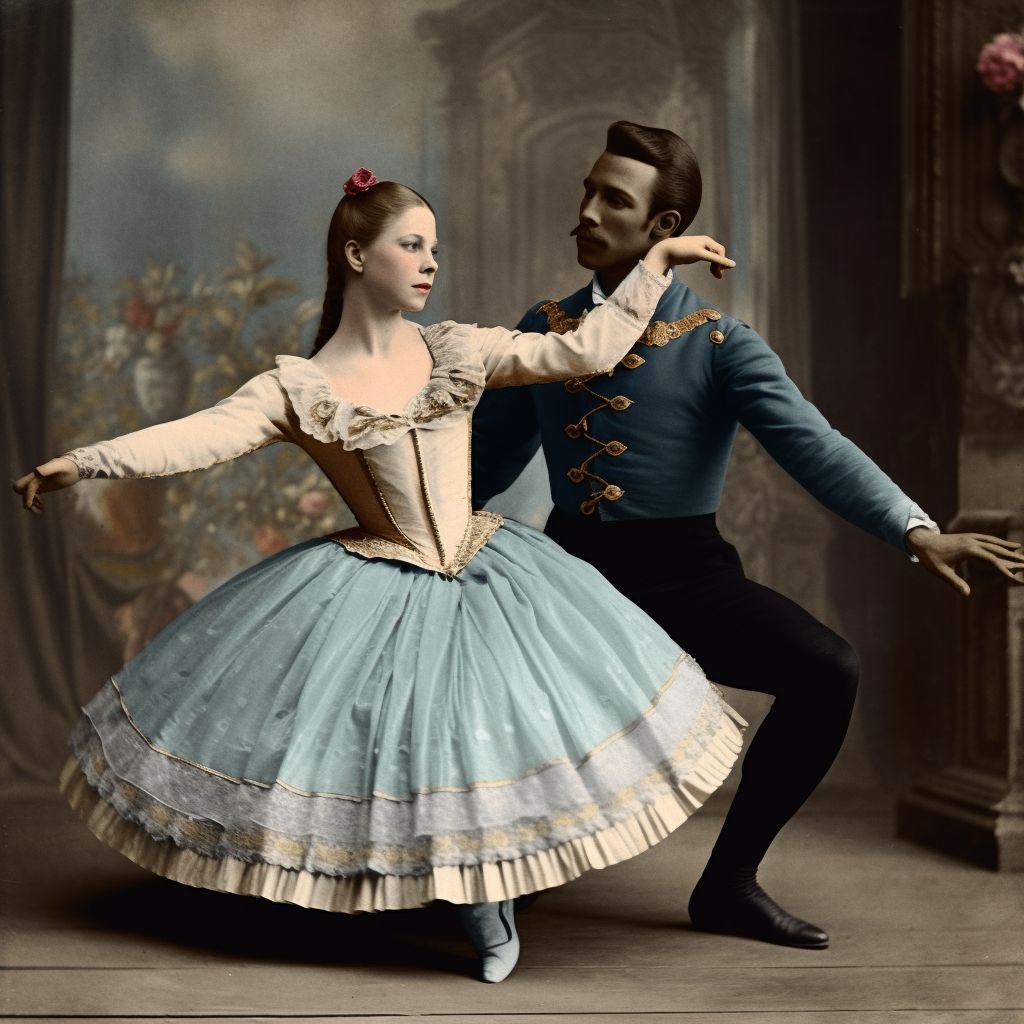Dancer
In the late 19th century, the profession of dance flourished as a popular form of entertainment and artistic expression. As theaters, music halls, and other performance venues became more accessible, dancers found a growing demand for their talents. This article explores the dancer profession in 1880, examining the various forms of dance, the training and education of dancers, and the opportunities available to those pursuing a career in this dynamic field.
Forms of Dance
In 1880, dancers showcased their skills in a variety of styles and genres. Some of the most popular forms of dance during this period included:
Ballet: A classical dance form that originated in the Italian Renaissance courts and later developed in France and Russia. Ballet emphasized grace, precision, and fluidity of movement.
Tap Dance: An American dance style characterized by the use of shoes fitted with metal plates on the toe and heel, creating rhythmic patterns through tapping on the floor.
Social Dances: These dances, such as the waltz, polka, and quadrille, were performed by couples or groups at social gatherings and events.
Ethnic and Traditional Dances: Dancers often showcased the cultural heritage of various countries and regions through traditional and folk dances.
Training and Education
The path to becoming a professional dancer in 1880 typically began with early training, often starting in childhood. Aspiring dancers would study under experienced instructors to learn the techniques and skills necessary to excel in their chosen dance style. Many dancers received their education in specialized dance academies or through private tutelage.
In addition to technical training, dancers of the time also learned about music, choreography, and the cultural history of their chosen dance forms. This comprehensive education allowed dancers to develop a deep understanding of their art and its broader context within society.
Career Opportunities
Dancers in 1880 found a wealth of opportunities to showcase their talents and build their careers. Some of the most common avenues for professional dancers included:
Theatrical Performances: Dancers were often featured in stage productions, such as ballets, operas, and musical theater shows.
Music Halls and Variety Shows: These popular entertainment venues provided dancers with the opportunity to perform in front of large audiences, often alongside other performers, such as singers, comedians, and magicians.
Social Events and Private Functions: Dancers were frequently hired to perform at balls, parties, and other social gatherings, both as entertainment and to lead guests in social dances.
Dance Instruction: Many dancers shared their expertise by teaching others, either in dance academies or through private lessons.
Traveling Troupes: Some dancers joined touring companies, traveling across the country or even internationally to perform in different cities and venues.
Challenges and Innovations
Despite the growing popularity of dance as a profession in 1880, dancers faced several challenges, including long hours, physically demanding work, and inconsistent employment opportunities. However, the passion and dedication of these artists led to many innovations in dance during this period, such as the incorporation of new techniques and styles, the blending of different dance forms, and the development of new performance venues and formats.
Conclusion
The dancer profession in 1880 was a dynamic and evolving field, driven by the creativity and determination of those who pursued it. As dancers honed their craft and explored new forms of expression, they enriched the cultural landscape of the time and helped to shape the future of dance as an art form.
Type
Entertainment

